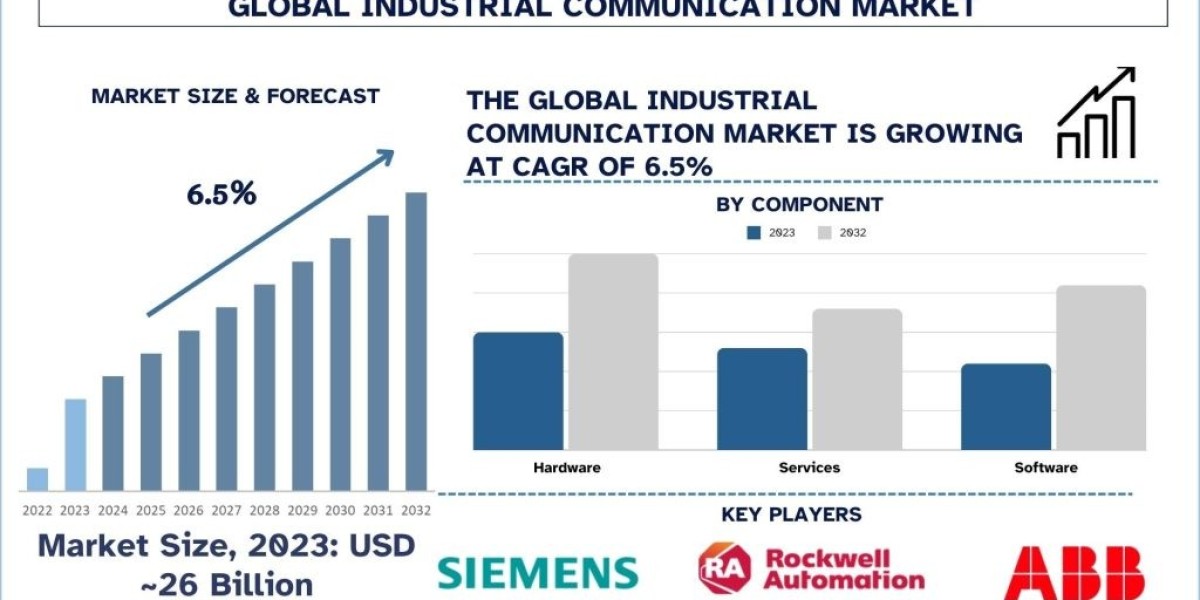In 2024, fleet management software has become an indispensable tool for companies that rely on a fleet of vehicles to conduct their business operations. Whether managing delivery trucks, company cars, or a mix of vehicles, the right fleet management software can optimize operations, reduce costs, and improve overall efficiency. However, with these benefits comes a variety of pricing models, making it essential to understand the factors that influence the fleet management software cost. This article delves into the key elements that affect pricing, helping businesses make informed decisions when choosing the best software solution for their needs.
1. Software Features and Functionality
The features and functionality provided by fleet management software are primary determinants of its cost. Basic packages might include essential features like GPS tracking, route optimization, and fuel management. In contrast, more advanced systems might offer additional capabilities such as real-time analytics, driver behavior monitoring, predictive maintenance, and integration with other enterprise systems.
- Basic Features: If your business only needs core functionalities like tracking and reporting, a basic package may suffice, resulting in lower costs.
- Advanced Features: More comprehensive solutions with enhanced capabilities will come at a higher price. These might include AI-driven analytics, custom reporting, automated compliance checks, and integration with other software systems.
2. Customization and Scalability
Customization plays a significant role in the fleet management software cost. Off-the-shelf solutions might be less expensive but may not perfectly fit a business’s specific needs. Custom-built or highly customizable solutions allow for a more tailored fit, which often results in higher costs.
- Off-the-Shelf Solutions: These are generally more affordable but may require compromises on specific needs or workflows.
- Custom Solutions: If your fleet has unique requirements, investing in a custom solution could provide a better return on investment, though the initial cost will be higher.
- Scalability: Businesses that anticipate growth should consider scalable solutions. While these may be more expensive upfront, they can save money in the long run by accommodating growth without needing a complete system overhaul.
3. Deployment Model: Cloud-Based vs. On-Premises
The deployment model of the fleet management software also significantly impacts its cost. Businesses can choose between cloud-based (SaaS) and on-premises solutions.
- Cloud-Based Solutions: These typically involve a subscription-based pricing model, where businesses pay a recurring fee based on the number of vehicles managed or users accessing the system. Cloud solutions often have lower initial costs and offer automatic updates and backups, reducing the need for IT infrastructure and maintenance.
- On-Premises Solutions: These require a higher upfront investment for software licenses, hardware, and IT infrastructure. However, they can be more cost-effective over time for larger fleets, particularly if the business prefers to manage the software internally without relying on third-party providers.
4. Number of Vehicles and Users
The cost of fleet management software is often influenced by the number of vehicles and users that need to be managed.
- Per-Vehicle Pricing: Some software providers charge based on the number of vehicles being tracked. As the fleet size increases, the total cost rises, though discounts may be available for larger fleets.
- Per-User Pricing: In some cases, the cost is determined by the number of users who need access to the software. Businesses with a large number of dispatchers, managers, or drivers requiring access may face higher costs.
5. Integration with Other Systems
Integration capabilities can also affect the fleet management software cost. If your fleet management software needs to integrate with other enterprise systems like ERP, CRM, or HR software, this could increase the cost due to the complexity involved.
- Standard Integrations: If the software offers out-of-the-box integrations with popular systems, the cost might remain relatively stable.
- Custom Integrations: If you require custom-built integrations to connect the fleet management software with proprietary or less common systems, expect to pay more for the development and ongoing support of these integrations.
6. Data Management and Analytics
The volume of data your fleet management system needs to handle can influence the cost. This includes data from GPS trackers, fuel sensors, telematics devices, and more. Advanced data analytics and real-time reporting capabilities often come at a premium.
- Data Storage and Processing: Higher volumes of data will require more storage and processing power, potentially increasing the cost.
- Advanced Analytics: AI-driven analytics, predictive maintenance, and real-time decision-making tools add value but also increase the overall price of the software.
7. Compliance and Regulatory Requirements
Compliance with industry-specific regulations can also impact the cost of fleet management software. Depending on your industry, there may be stringent requirements for tracking hours of service (HOS), maintaining electronic logging devices (ELDs), or adhering to environmental standards.
- Standard Compliance Features: Some software comes with built-in compliance tools for common regulations, which might be included in the base price.
- Industry-Specific Compliance: If your business operates in a highly regulated industry, you may need specialized compliance features, which can drive up the cost.
8. Training and Support
The level of training and support provided by the software vendor is another important cost factor. While some vendors offer basic support as part of the package, others may charge extra for premium support services, including 24/7 assistance, on-site training, or dedicated account managers.
- Basic Support: Typically included in the subscription fee, covering online resources, helpdesk support, and basic onboarding.
- Premium Support: Includes personalized training, faster response times, and dedicated account management, often at an additional cost.
9. Vendor Reputation and Reliability
The reputation and reliability of the software vendor can influence the price as well. Established vendors with a proven track record often charge more for their products due to their reliability, experience, and customer support capabilities. However, the higher cost can be justified by the peace of mind that comes with a trusted provider.
- Established Vendors: Known for stability and robust support, these vendors often charge more but provide greater reliability and better service.
- Newer Vendors: They might offer lower prices to attract customers but could carry risks related to support quality, product updates, and long-term viability.
10. Geographical Location and Market Demand
Finally, geographical location and market demand can also affect the cost of fleet management software. In regions with high demand for fleet management solutions, prices may be higher due to competition and local market conditions. Conversely, in less competitive markets, prices may be more competitive.
Conclusion
Understanding the factors that influence the fleet management software cost in 2024 is crucial for businesses looking to optimize their operations without overspending. By considering the features and functionality, deployment model, scalability, integration needs, and other factors discussed above, businesses can select the best software solution that meets their needs and budget. While the cost can vary widely, investing in the right fleet management software can lead to significant long-term savings and operational efficiency, making it a worthwhile investment for any fleet-dependent business.








